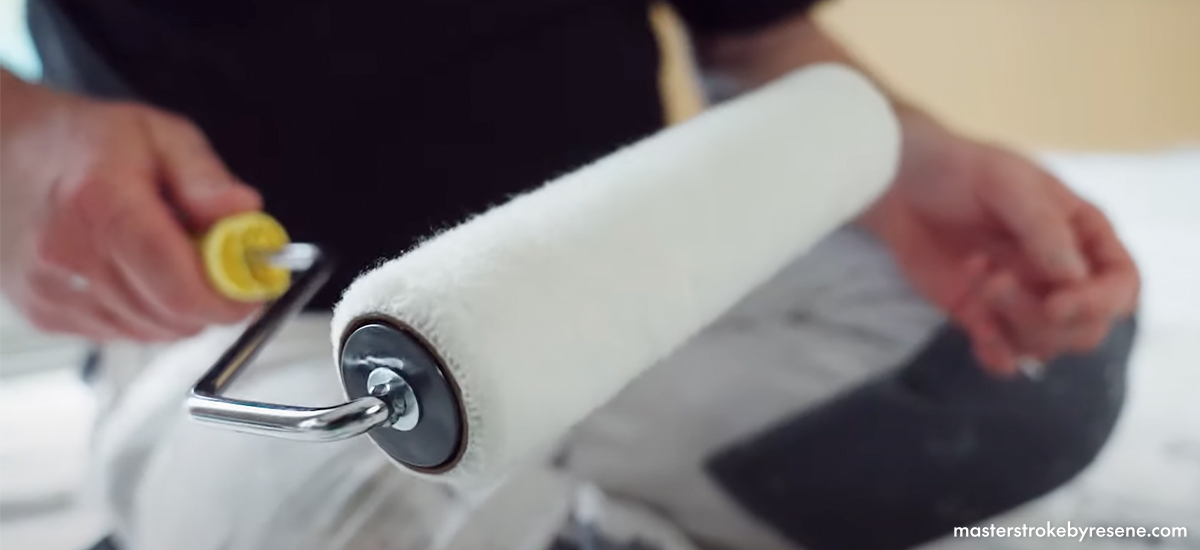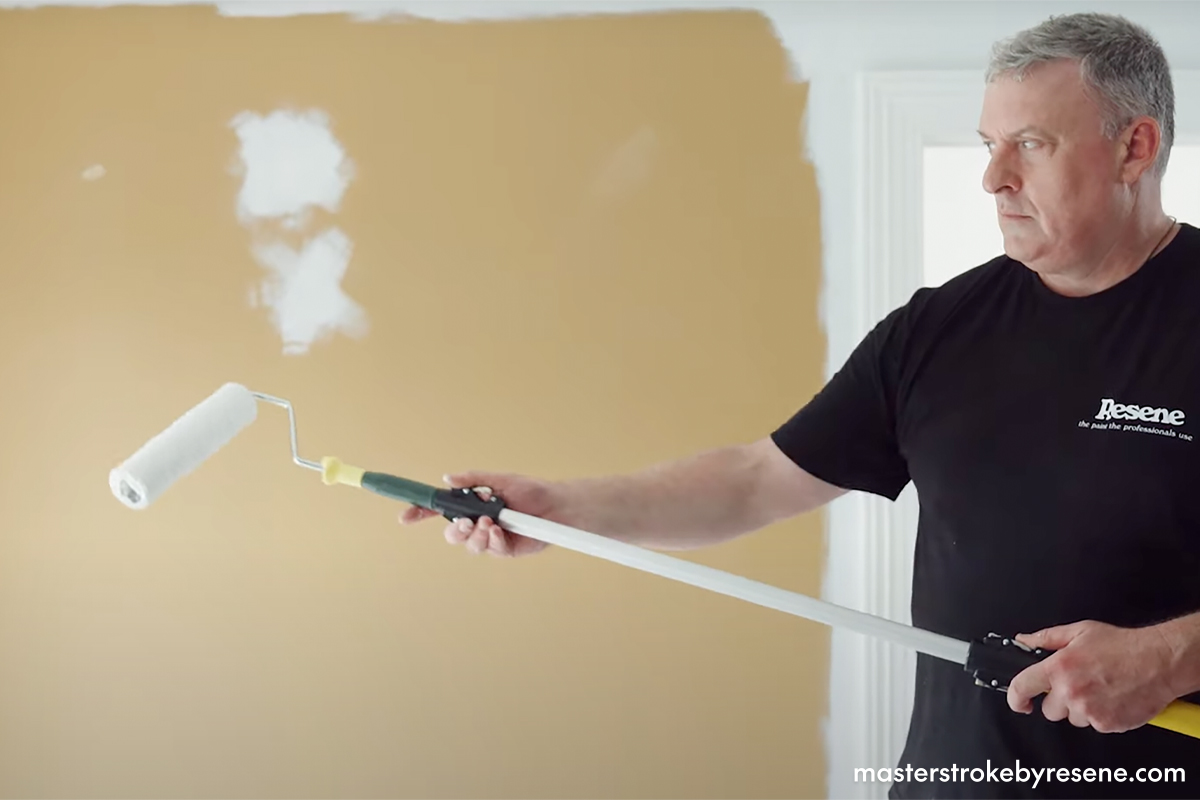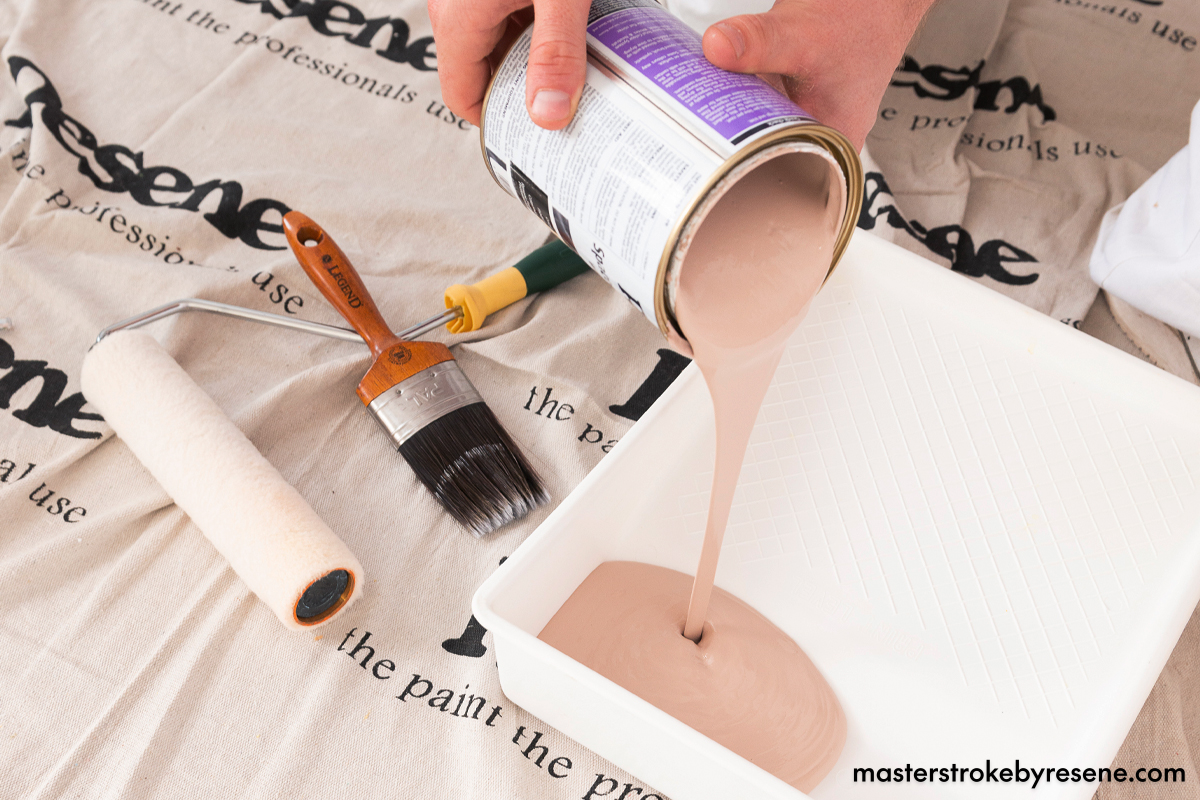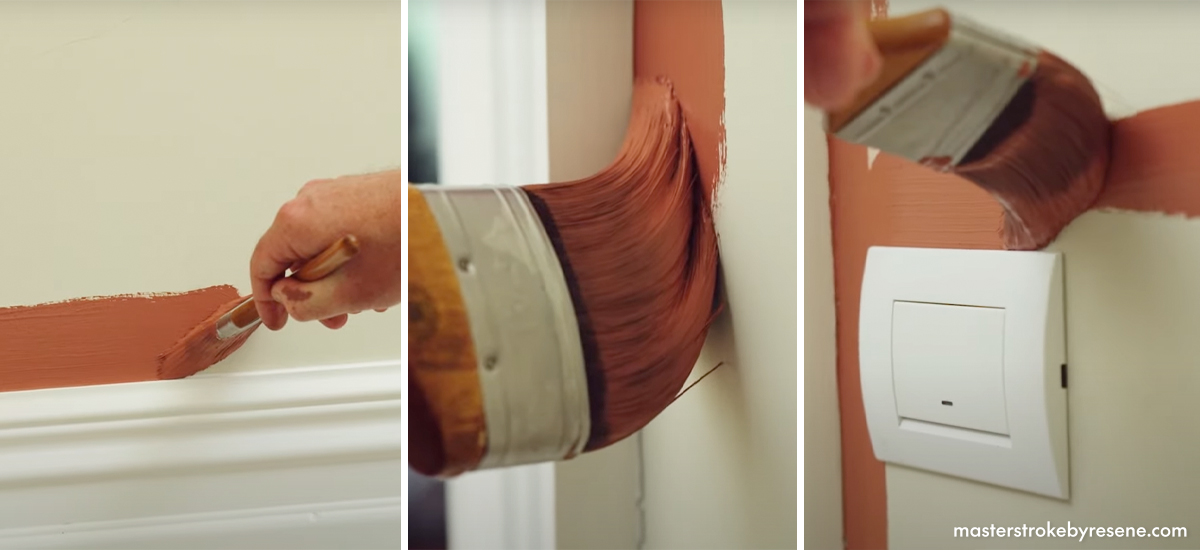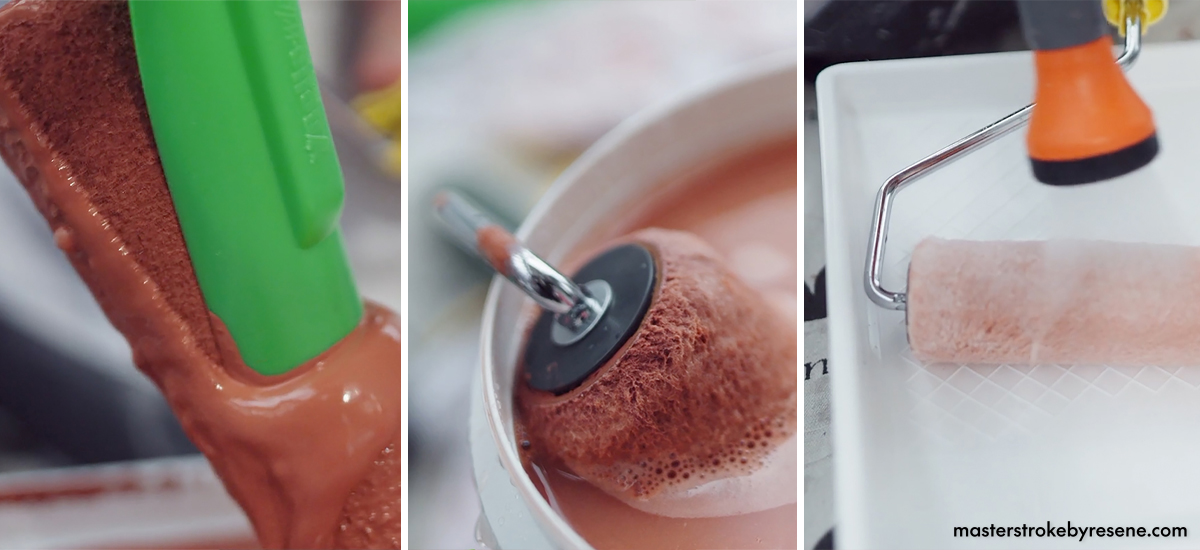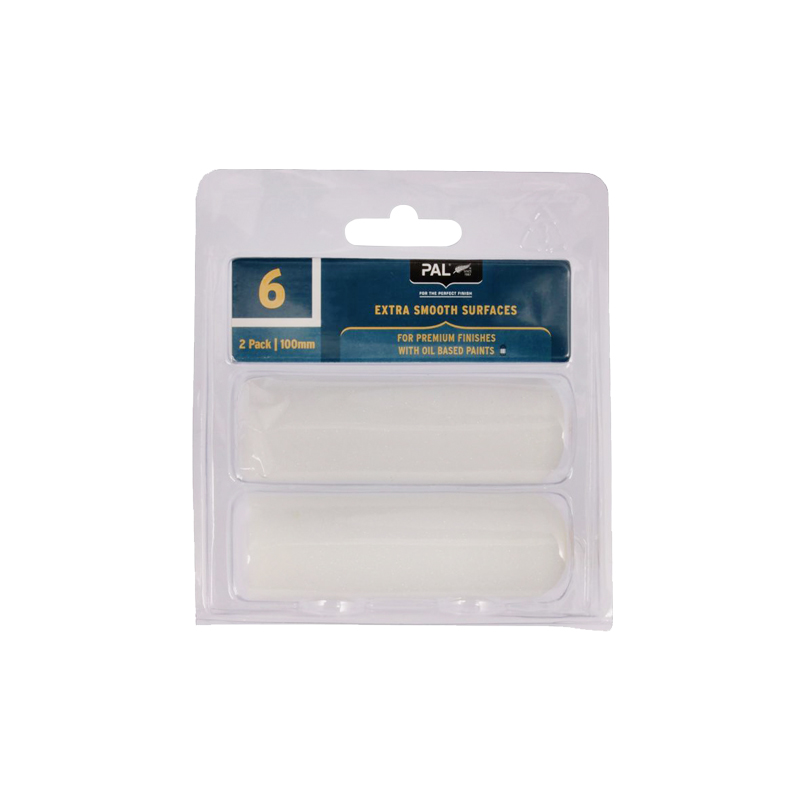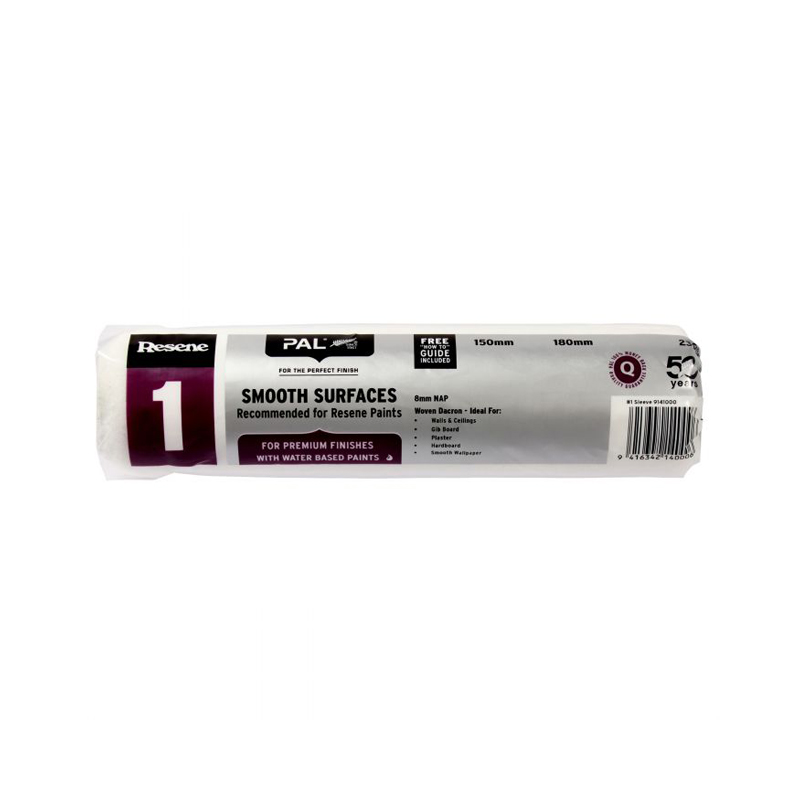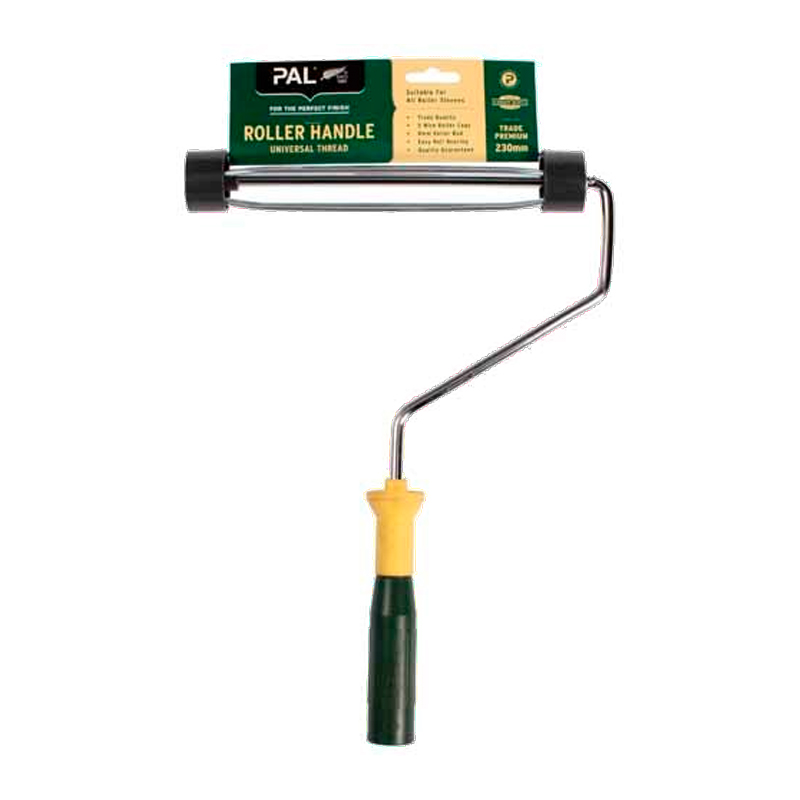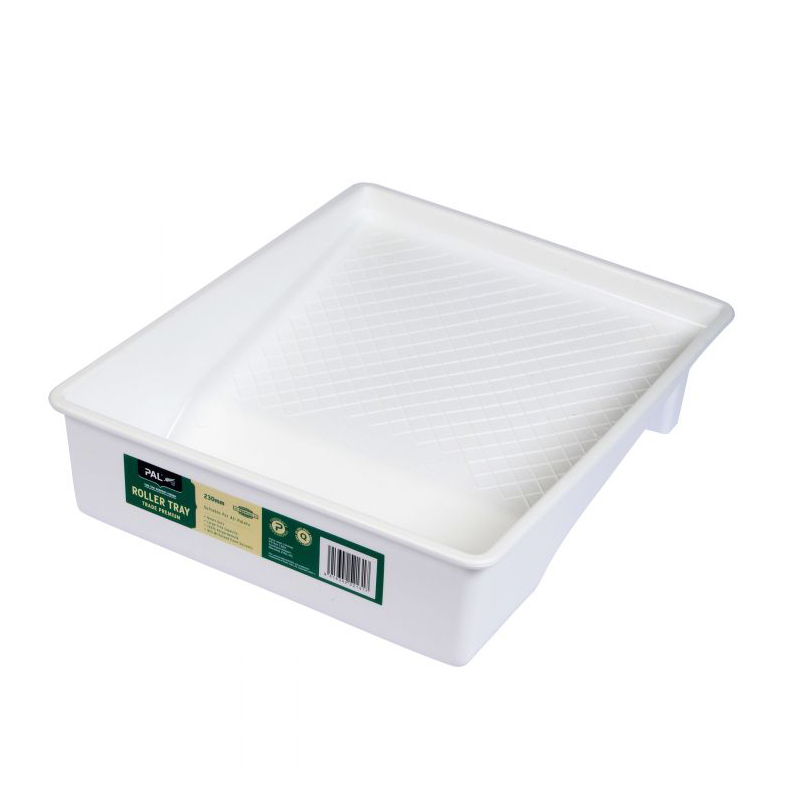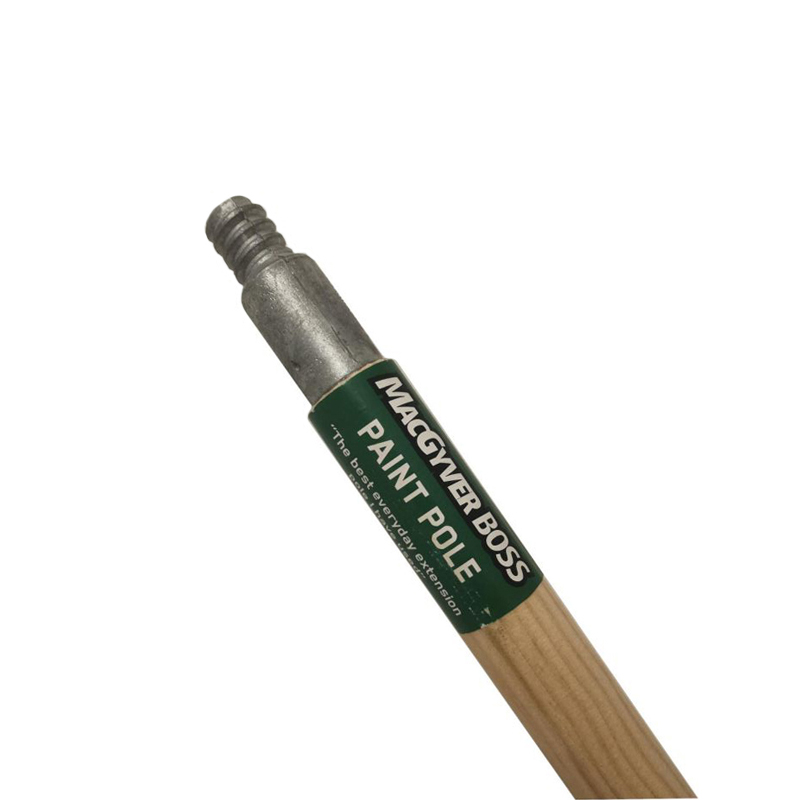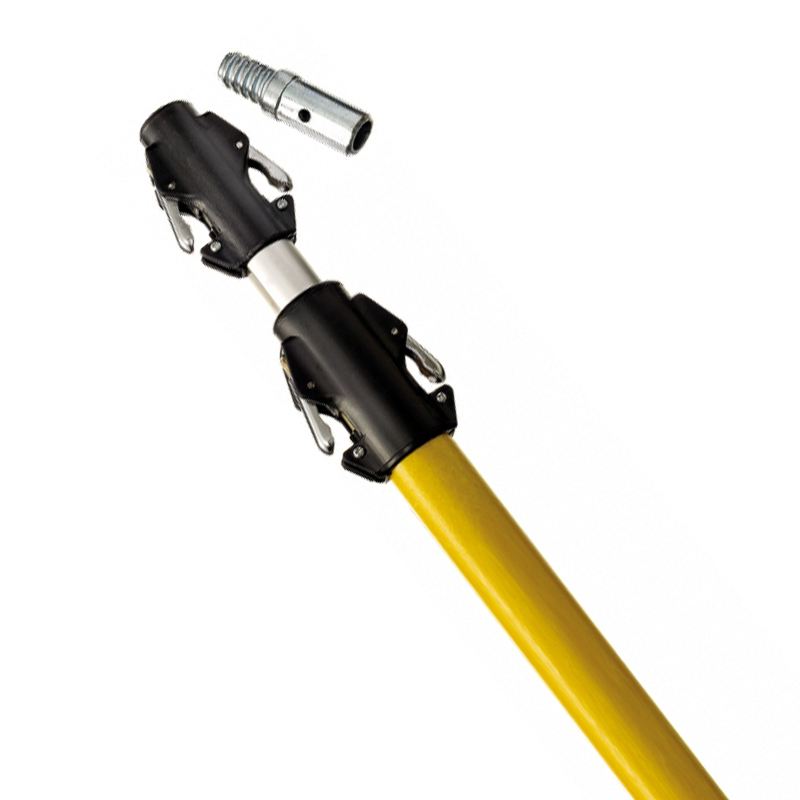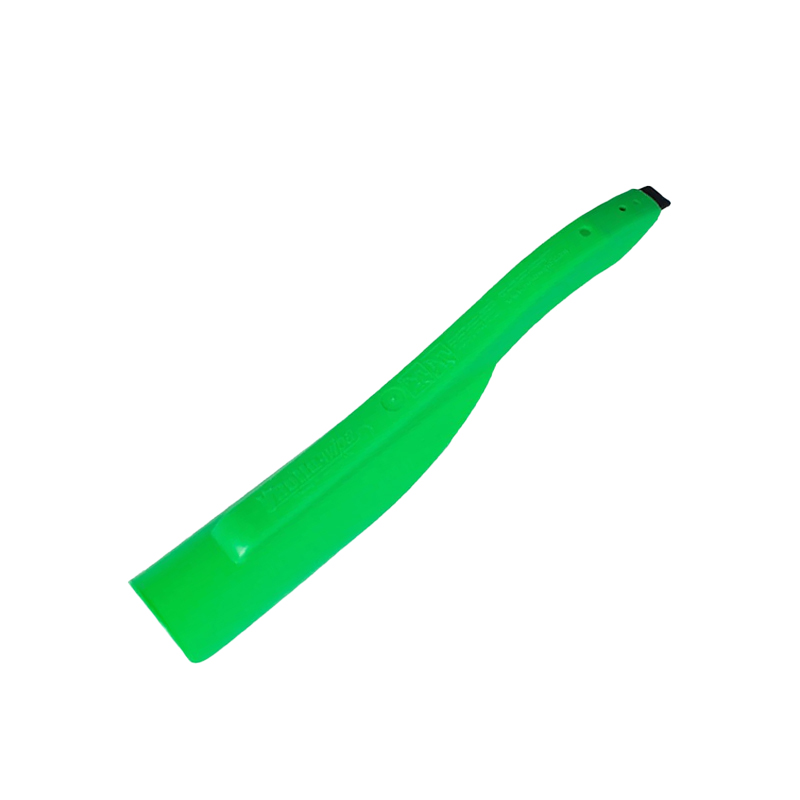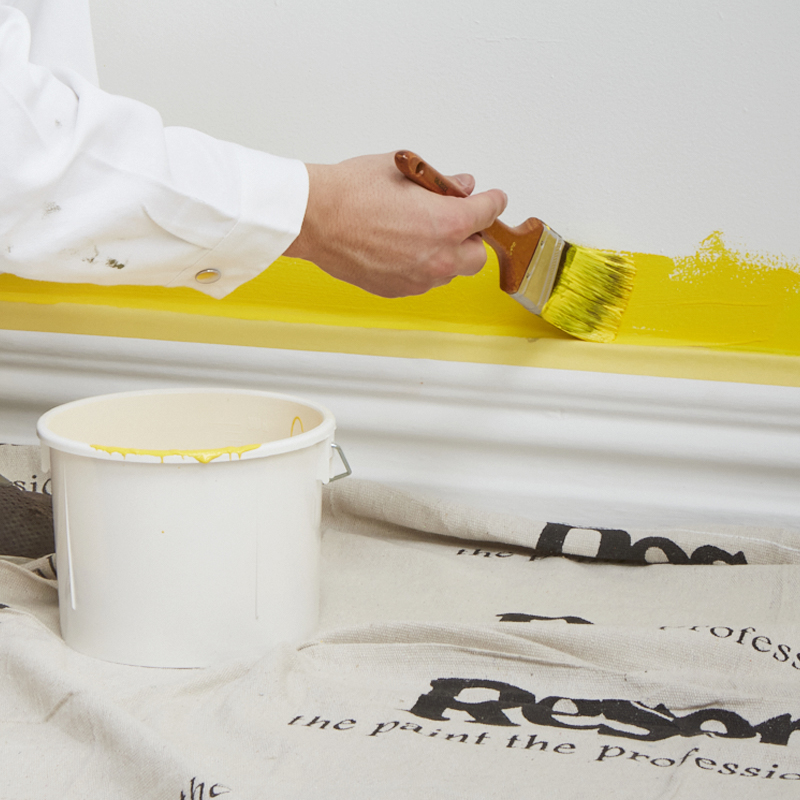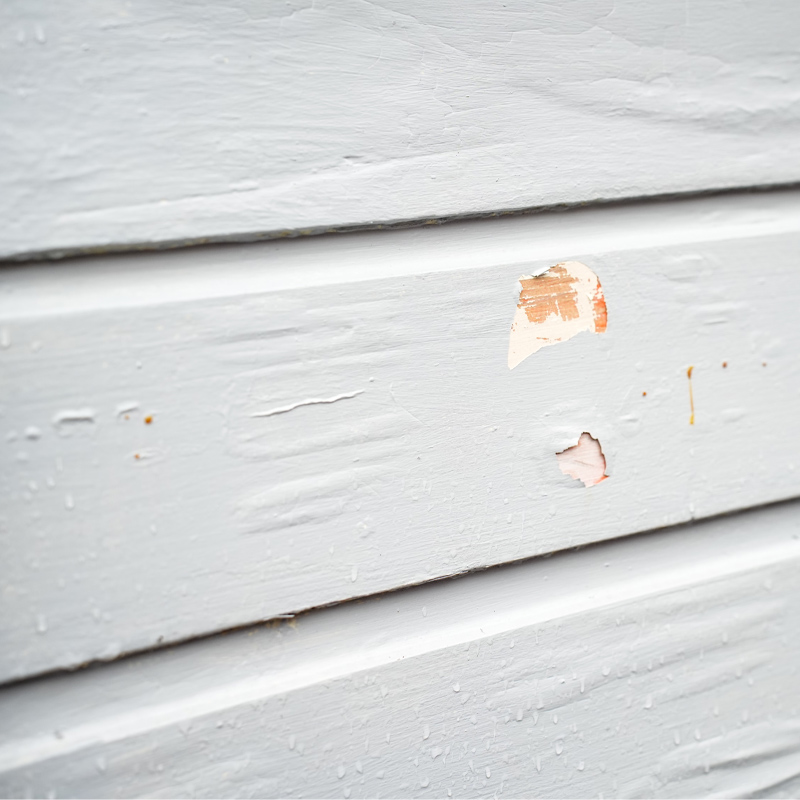While finding a good paintbrush is likely one of the first things that springs to mind when thinking about a paint project, no painter would be without their trusty roller. They make covering a large area incredibly quick and easy, and assures a very professional looking result. If you‘re a beginner, you’re definitely going to have questions about how to choose the best roller for your job, how to use it and also how to best look after it, so read on to get yourself acquainted with this essential painting tool.
How should I choose which roller to use?
Roller sleeves may look similar, but they are not created equal. A high-quality sleeve will help you apply the correct amount of paint at the required spread rate and give you a top-notch finish. Also, as with any equipment that you invest in, if you look after it properly, it’ll last for years.
A great starting point is to check the information on the Resene roller stand, or ask staff at your local Resene ColorShop or reseller – they can recommend the best roller for the paint you are using and the surface you are painting. Resene and PAL (Paint Aids) have worked together to match rollers to specific Resene products and areas of use. A unique numbering system and in-store guides are designed to make it easier for you to select the right roller sleeve.
What size is best?
For DIYers, there are three main sleeve sizes to choose from, which have been designed for key home projects.
- 230mm – This is the most popular size and is used for larger areas, including most walls and ceilings.
- 150mm – This size can also be used on walls and ceilings, but is most suited to smaller surfaces like interior doors and cupboards, as well as fencing.
- 100mm – These easy-reach rollers are made using the same fabric as larger sleeves, but do not hold as much paint as they have a reduced total surface area. They are designed for cupboards, doors and hard to reach areas, such as inside cupboards and shelving.
What else do I need when I’m rolling?
As well as the appropriate sleeve, you’ll also need a roller handle, an extension pole, a roller tray, a cutting in brush – and of course your choice of Resene paint.
An extension pole is ideal for painting large surfaces like walls and ceilings so you’ll be able to avoid a ladder or too much stretching up and down – which you’ll likely feel in your muscles the following day! The more painting you have planned (including future projects) or the larger your current project, the better quality the extension handle you should select. A simple wooden handle will suffice for a small one-off project, however a quality extension handle will help you achieve a faster and more professional finish and last for many paint jobs.
If you already have roller sleeves and an extension pole at home, bring them in when you’re buying your paint and the Resene ColorShop staff can check they are suitable for the paint you are using and the project you have in mind.

